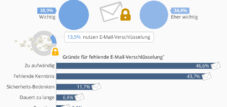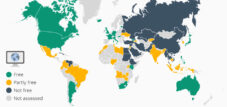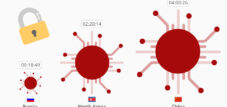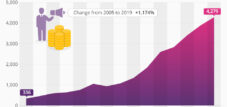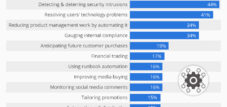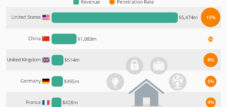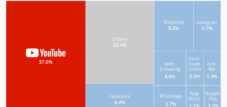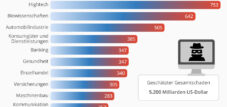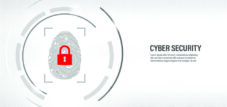‘Dringende Rechnung’ – Wie man bösartige E-Mails erkennt – ‘Urgent Invoice’ – How to Spot Malicious Emails
Sprachauswahl 📢
Veröffentlicht am: 27. Februar 2019 / Update vom: 27. Februar 2019 – Verfasser: Konrad Wolfenstein
Eine der Fähigkeiten, die im Arbeitsleben des 21. Jahrhunderts erforderlich sind, ist die Fähigkeit, legitime E-Mails von bösartigen zu unterscheiden. Hunderte von Spam-Mails jeden Monat zu ignorieren ist eine Sache, aber der Umgang mit Malware- und Ransomware-Angriffen, die Ihr Unternehmen Millionen von Schäden verursachen könnten, ist ein ganz anderes Spiel.
Laut dem neuesten Internet Security Threat Report von Symantec wurden 55 Prozent der im Jahr 2018 von Mitarbeitern empfangenen E-Mails als Spam eingestuft und 1 von 412 E-Mails als bösartig, d.h. potenziell schädlich.
Die folgende Tabelle, die auf den Ergebnissen von Symantec basiert, zeigt, welche Betreffs, Anhänge und Schlüsselwörter am häufigsten in bösartigen E-Mails verwendet werden und sollte als rote Flagge für wachsame Mitarbeiter betrachtet werden.
One of the skills required in the 21st century work-life is the ability to distinguish legitimate emails from malicious ones. Ignoring hundreds of spam emails every month is one thing but dealing with malware and ransomware attacks that could cost your company millions in damages is an entirely different ballgame.
According to Symantec’s latest Internet Security Threat Report, 55 percent of emails received by employees in 2018 were categorized as spam and 1 in 412 emails was considered malicious, i.e. potentially harmful.
The following chart, based on Symantec’s findings, shows which subjects, attachments, and keywords are most often used in malicious emails and should be considered red flags to vigilant employees.





